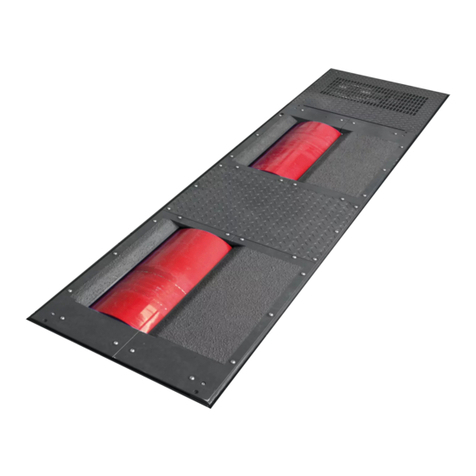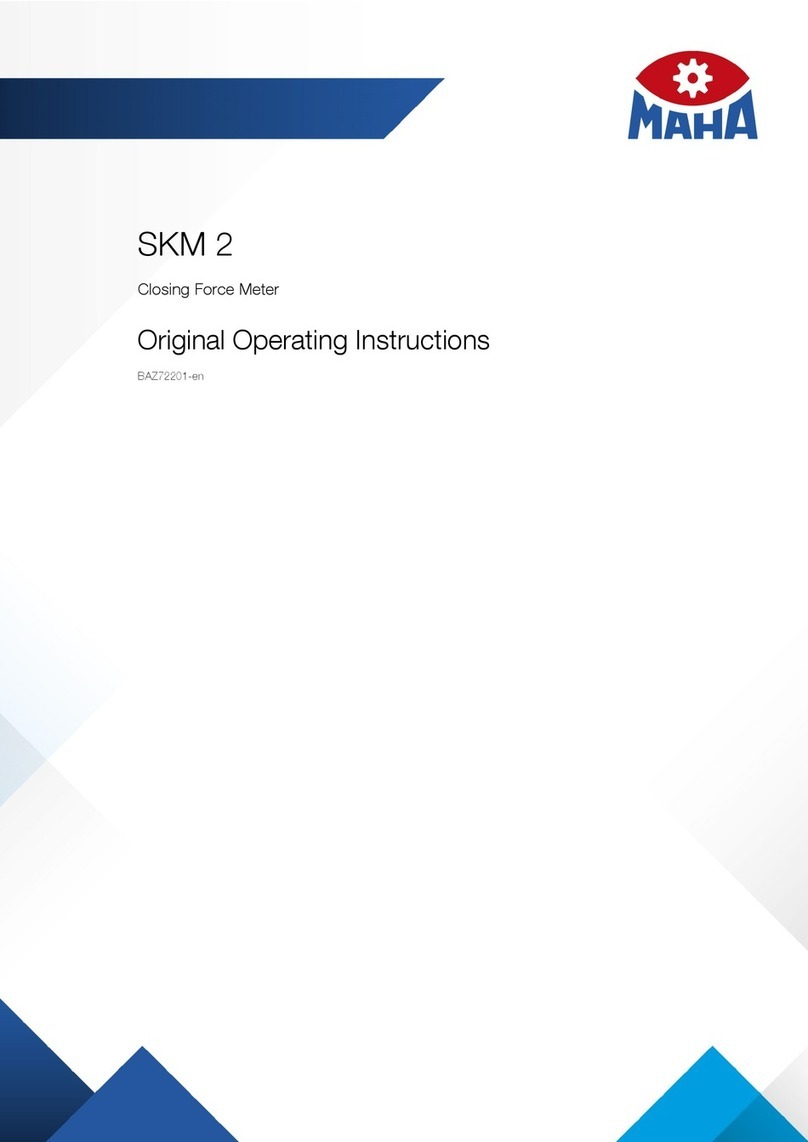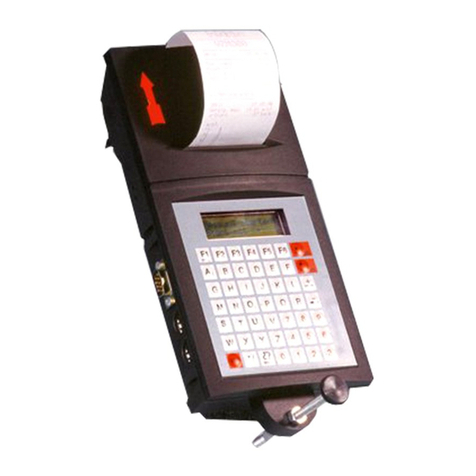BA052301-en 5
9.1.5 Constant Engine RPM ......................................................................................................................... 75
9.1.6 Standstill .............................................................................................................................................. 75
9.2 Measure Engine Power.............................................................................................................................. 76
9.2.1 Display Last Measurement ................................................................................................................. 76
9.2.2 Continuous Measurement .................................................................................................................. 77
9.2.3 Discrete Measurement........................................................................................................................ 80
9.3 Engine Flexibility Test................................................................................................................................ 82
9.4 Speedometer Check .................................................................................................................................. 83
9.4.1 Vehicle Speed ...................................................................................................................................... 83
9.4.2 Mileage ................................................................................................................................................ 84
9.5 Load Adaption (Optional) .......................................................................................................................... 85
9.5.1 Coefficient Adaption based on ECE ................................................................................................... 85
9.5.2 Coefficient Adaption based on SAE J2264 ....................................................................................... 86
9.6 Lug-Down Test (Option) ............................................................................................................................ 87
10 Settings........................................................................................................................................................... 88
10.1 Database .................................................................................................................................................... 88
10.1.1 Identical Functions.............................................................................................................................. 88
10.1.2 Performance Curves ........................................................................................................................... 91
10.1.3 Time Diagram ...................................................................................................................................... 95
10.1.4 Vehicle Data......................................................................................................................................... 96
10.1.5 Load simulation profile ....................................................................................................................... 97
10.1.6 Driving Cycle Data ............................................................................................................................... 99
10.2 Vehicle Data ............................................................................................................................................. 100
10.3 RPM Setting .............................................................................................................................................101
10.3.1 Driving Trial........................................................................................................................................ 102
10.4 Special Settings .......................................................................................................................................103
10.5 Select Dyno Type ..................................................................................................................................... 104
10.6 Units..........................................................................................................................................................104
10.7 Language..................................................................................................................................................105
10.8 Device / Interfaces...................................................................................................................................105
10.8.1 OBD Settings (Optional)....................................................................................................................106
11 Diagnosis / Service ...................................................................................................................................... 107
11.1 Dyno Status ..............................................................................................................................................107
11.2 Driver’s Aid Setup (Optional) ...................................................................................................................107
11.2.1 Test Driving Cycle..............................................................................................................................108
11.2.2 Edit Profile .........................................................................................................................................109
11.2.3 New Profile ........................................................................................................................................109
11.2.4 Delete Profile .....................................................................................................................................110
11.3 Backup/Restore Database ...................................................................................................................... 110
11.3.1 Backup Database ..............................................................................................................................110
11.3.2 Restore Database..............................................................................................................................110
11.3.3 Delete Table....................................................................................................................................... 111
11.3.4 Delete Database ................................................................................................................................111
12 Maintenance.................................................................................................................................................112
12.1 Important Information .............................................................................................................................112
































